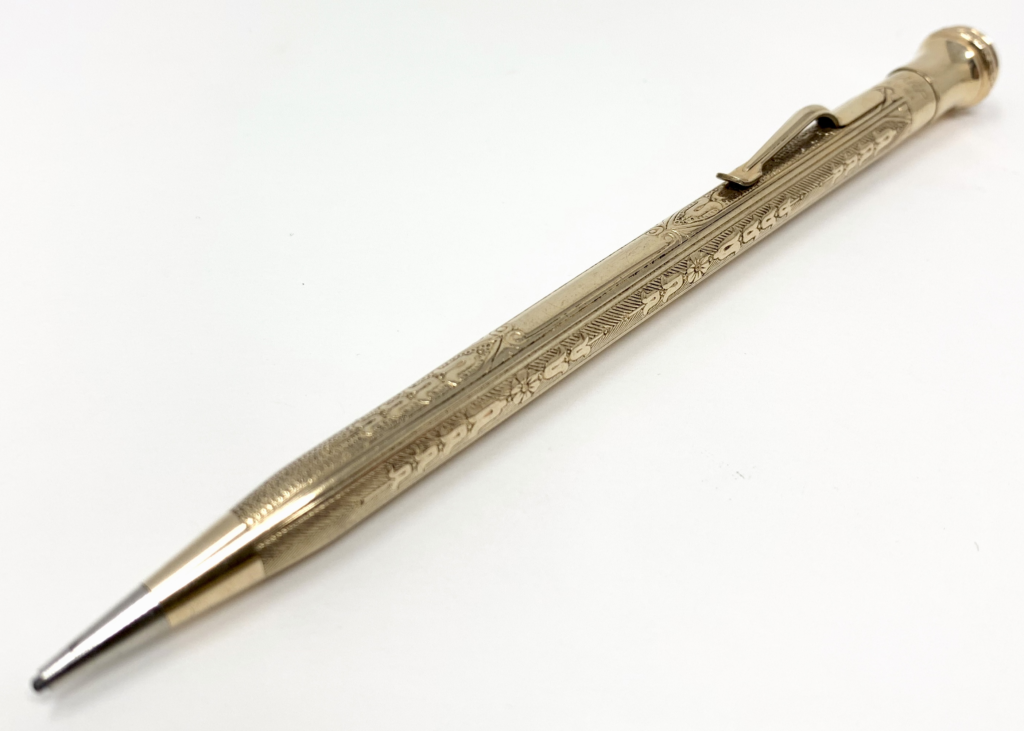You probably have one. It’s buried in a desk drawer, tucked into a pen case, or borrowed and never returned. The mechanical pencil is one of the most common yet most underrated tools of modern life. We see it as a simple utility—a no-fuss vessel for graphite. But for a growing community of artists, engineers, writers, and stationery aficionados, it is so much more.
This isn’t just about a pencil that doesn’t need sharpening. This is about precision, personality, and the perfect line. Let’s dive into the fascinating world of mechanical pencils and discover why this humble tool has inspired such passion.
The Anatomy of a Modern Marvel
At its core, a mechanical pencil is a feat of micro-engineering. While designs vary, most consist of a few key components:
The Barrel: The body of the pencil. This can be made of plastic, metal, rubberized material, or even wood, and is the primary source of a pencil’s feel and balance.
The Clutch: The internal mechanism that grips the lead. When you click, the clutch opens, advances the lead, and then closes to grip it firmly.
The Tip (or Sleeve): The cone-shaped metal piece that guides the lead. A fixed sleeve is common, but higher-end pencils often feature a retractable tip to prevent bending and make it pocket-safe.
The Eraser: Often an afterthought on cheap models, a high-quality replaceable eraser under the cap is a mark of a well-designed pencil.
Why Choose Mechanical? The Undeniable Advantages

Consistent Line Width: This is the biggest draw. Unlike a wooden pencil that dulls and broadens your line, a mechanical pencil delivers a sharp, consistent width from its first use to its last. This is non-negotiable for technical drafting, precise sketching, and neat note-taking.
No Sharpening, Ever: The convenience is undeniable. There’s no mess, no broken points, and no need for a sharpener. You get uninterrupted flow, which is crucial during an exam, a meeting, or a creative burst.
Strength and Longevity: A good mechanical pencil is a “buy it for life” item. High-quality models made from metal can last for decades, making them a sustainable choice compared to disposable wooden pencils or pens.
Customization and Choice: From the lead size to the grip texture, you can tailor everything to your exact preference.
Finding Your Perfect Match: A Guide to Lead Sizes
The lead (actually a mix of graphite and clay) is the heart of the pencil. Its diameter defines the tool’s primary use.
0.3mm & 0.4mm: The finest of the fine. Perfect for intricate details, micro-writing, and technical diagrams. Requires a lighter touch as the lead is more fragile.
0.5mm: The “Goldilocks” size. The most popular and versatile diameter. It’s strong enough for everyday writing and general use but precise enough for most drafting and sketching.
0.7mm & 0.9mm: The workhorses. These offer excellent strength and a darker line with less pressure. Ideal for quick sketching, shading, and general writing if you prefer a bolder line.
2.0mm & Above (Lead Holders): These are the classics, often used by artists and architects. They require a separate sharpener to create a chisel point for broad strokes or a fine point for detail, offering immense versatility.
More Than a Tool: The Culture of the Collectible
For some, mechanical pencils transcend utility and become objects of desire. Brands from Germany (Rotring, Staedtler), Japan (Pentel, Pilot, Uni Kuru Toga, Platinum), and the USA (Skilcraft) produce models that are masterclasses in design.
The Rotring 600, with its full-metal body, knurled metal grip, and iconic red ring, is a functional piece of art beloved for its heft and precision. The Uni Kuru Toga features a revolutionary engine that rotates the lead slightly with every stroke, ensuring the point wears evenly and stays sharp for a consistent line—a game-changer for writers and note-takers.
Collectors seek out vintage models, limited editions, and pencils with unique mechanisms, turning a simple writing instrument into a hobby.
Choosing Your Next Pencil: What to Consider
Ready to upgrade from the freebie you got at the bank? Ask yourself:
What will I use it for? (Writing, drawing, math?)
What lead size suits that task? (0.5mm is a safe, versatile start.)
How does it feel? Consider grip (knurled metal, rubber, smooth), weight (heavy for stability, light for speed), and balance (front-heavy vs. centered).
What’s your budget? Fantastic pencils can be found for under $5, while exquisite professional models can run over $50.
The Humble Pencil’s Enduring Appeal
In a digital world, the act of putting graphite to paper remains irreplaceable. It’s tactile, immediate, and personal. The mechanical pencil is the ultimate evolution of this ancient tool—a perfect marriage of analog creativity and thoughtful engineering.
So the next time you click one, take a moment to appreciate the simple, brilliant mechanism in your hand. It’s not just a pencil; it’s a gateway to precision, a catalyst for creativity, and a testament to the beauty of well-made things.

